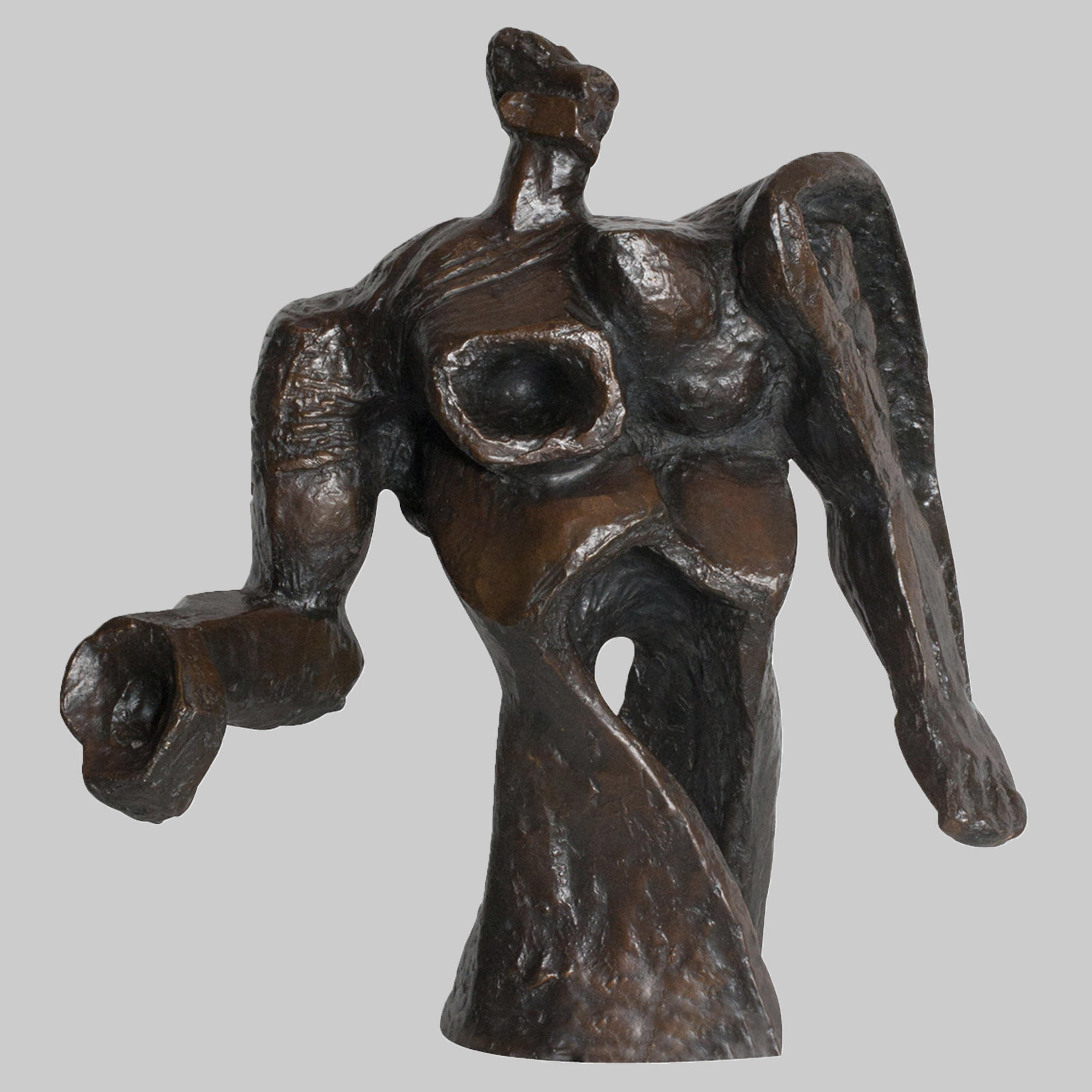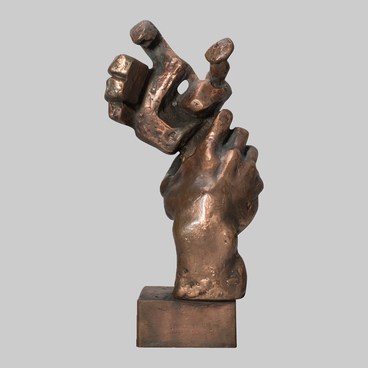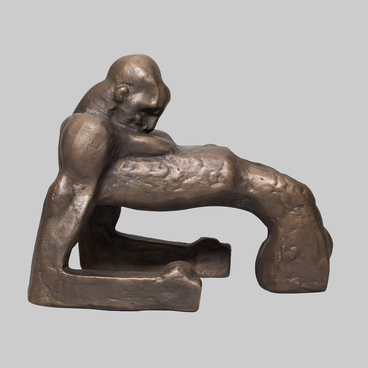In the 60s of the 20th century, Ernst Neizvestny created a sculpture representing his vision of a human robot. Its body is unnaturally twisted, stomach replaced with emptiness, head almost gone, and its arms are unnaturally powerful. There is an unidentified cavity it the chest, either a mouth or a huge eye. The sight is terrible; the creature is clearly not viable without external support. Surprisingly, today’s robots are quite similar to this product of the Soviet sculptor’s imagination.
The very idea of artificial assistants for people has been in the air since ancient times. Self-propelled statues assisted the legendary Daedalus, the builder of the Cretan labyrinth where the Minotaur was held. This could be mistaken for a fairy tale, but a mysterious mechanism with numerous gears has been recently discovered in the coastal waters of the island of Antikythera. It turned out to be a mechanical calculator, which could predict the lunar phases, positions of the planets, and solar eclipses. Who created the mechanism, how, and when – it remains a mystery; the metalworking technologies of those times did not suit for this. Nevertheless, there are stories by contemporaries about moving figures of guards and temple dancers, which were called automatons or androids.
The ancient art died for several centuries and was reborn in the Middle Ages. The Pianist, Writer, Artist automatons existed in real life and surprised contemporaries with their deliberate actions. The word robot was coined by Karel Čapek, a Czech writer. In the R.U.R. play, he brought onto the stage artificial people, who were subjected to ruthless exploitation. The robots evolved, rebelled, and destroyed the human race. However, they were unable to reproduce without humans. The last human survivor saw how human love was born in the artificial people.
Isaac Asimov, the author of the Three Laws of Robotics, took robotics to a new level. This science did not even exist when he already started thinking about how to protect people from the new reality. After all, now it is not only the human beings who have learned to think. Today, the issues raised by science fiction writers are becoming more and more real. Robots already walk independently, drive cars, and fly into space. Ernst Neizvestny showed us the appearance of a neighbor of the man who we will soon have to share the globe with.
The very idea of artificial assistants for people has been in the air since ancient times. Self-propelled statues assisted the legendary Daedalus, the builder of the Cretan labyrinth where the Minotaur was held. This could be mistaken for a fairy tale, but a mysterious mechanism with numerous gears has been recently discovered in the coastal waters of the island of Antikythera. It turned out to be a mechanical calculator, which could predict the lunar phases, positions of the planets, and solar eclipses. Who created the mechanism, how, and when – it remains a mystery; the metalworking technologies of those times did not suit for this. Nevertheless, there are stories by contemporaries about moving figures of guards and temple dancers, which were called automatons or androids.
The ancient art died for several centuries and was reborn in the Middle Ages. The Pianist, Writer, Artist automatons existed in real life and surprised contemporaries with their deliberate actions. The word robot was coined by Karel Čapek, a Czech writer. In the R.U.R. play, he brought onto the stage artificial people, who were subjected to ruthless exploitation. The robots evolved, rebelled, and destroyed the human race. However, they were unable to reproduce without humans. The last human survivor saw how human love was born in the artificial people.
Isaac Asimov, the author of the Three Laws of Robotics, took robotics to a new level. This science did not even exist when he already started thinking about how to protect people from the new reality. After all, now it is not only the human beings who have learned to think. Today, the issues raised by science fiction writers are becoming more and more real. Robots already walk independently, drive cars, and fly into space. Ernst Neizvestny showed us the appearance of a neighbor of the man who we will soon have to share the globe with.



